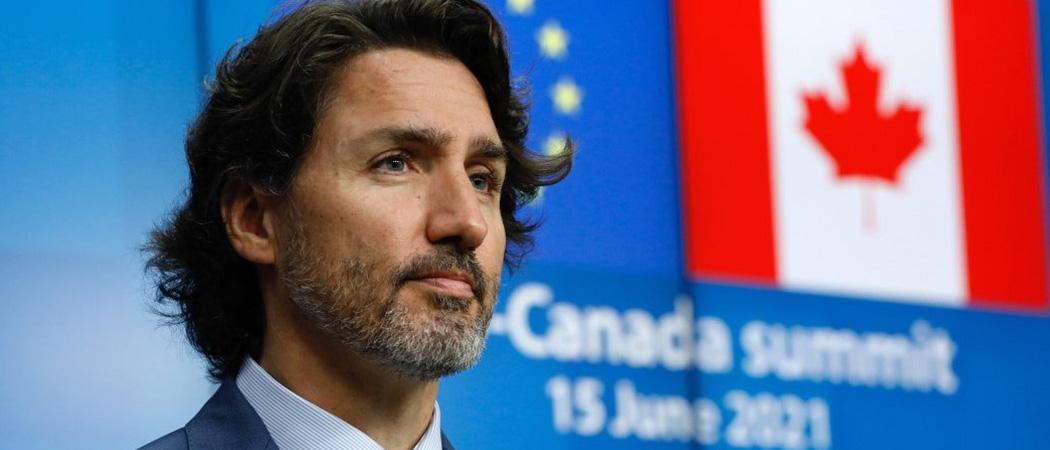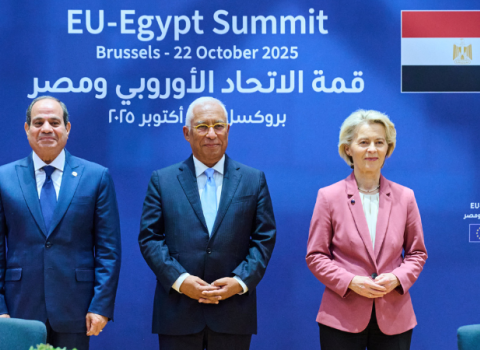With concerns about China rising, Trudeau government joins other western countries in stepping up scrutiny of university alliances to preclude foreign espionage

Justin Trudeau, Canadian Prime Minister. Photo : Twitter
The Canadian government joined a push by western governments to tighten up security on research collaborations that could leak secrets to China or other countries deemed a security risk.
A new policy, announced 12 July, would require Canadian researchers to start including a security risk-assessment form with certain grant applications involving collaboration with foreign companies. The government said it will reject the application if, “in consultation with” Canadian intelligence services, it finds a security risk. It highlighted as especially sensitive a wide range of emerging technologies including quantum computing, aerospace and artificial intelligence.
The government didn’t name China as a target; but work on the policy began in 2018 as western concern mounted about incorporating Chinese technology in next-generation 5G mobile phone networks. Since then, according to a 2020 government intelligence report, foreign espionage has “especially” targeted Canadian universities. And police are currently investigating two scientists dismissed by the University of Manitoba amid reports that they had shared sensitive DNA samples with the Wuhan Institute of Virology in China, the lab at the centre of investigations over the origins of COVID-19.
The new Canadian policy, though a strong political signal, is expected to start with fairly narrow effect. “We suspect a very small percentage of the grants will be subject to serious security review, so we’re hoping that this will not delay the attribution of grants,” said Gilles Patry, executive director of U15, an association of Canada’s top universities.
Martha Crago, vice president of McGill University agreed saying government officials “want to do a phased approach” to rolling out the new policy, starting with just one collaborative grant programme, before expanding to all. Her own university, like others in Canada, is still working out how it will manage the new requirement.
Everybody’s doing it
The new policy is part of a broad western movement to tighten up on university leaks of intellectual property or security information to adversaries – especially China, Russia, Iran and North Korea.
In the US, the government has charged researchers at several universities, including Harvard and the University of Tennessee, with illegally hiding ties to Chinese institutions. In the UK, the government is setting up a new service offering case-by-case security advice to universities. In Australia, Canadian-style risk assessments have been added to the grant process. Within the EU, the picture is more complicated: while the European Commission is restricting access for certain countries to sensitive EU-funded research on quantum and space technologies, one EU member, Hungary, is welcoming a Chinese university to set up campus in Budapest.
All this has been happening as Chinese research ties have multiplied everywhere – in tandem with its own rising place in global science. A Harvard-Kings College London study this year found that about 16,000 UK research papers in 2019 were co-authored with Chinese colleagues – even more than with Germany, the UK’s main European research partner. Moreover, about a third of non-EU overseas students at UK universities are Chinese. Most of this, analysts say, simply reflects China’s rapid rise in the productivity and quality of its science: by some projections it could pass the US next year as the world’s top R&D funder. But given the rising political tensions between east and west, most western governments now worry that their universities are easy espionage targets.
The Canadian government said its new policy is “intended to help prevent foreign interference, espionage and unwanted knowledge transfer that could contribute to advancements in the military, security and intelligence capabilities of states or groups that pose a threat to Canada, or that may enable the disruption of the Canadian economy, society and critical infrastructure.”
A cautious start
The policy starts with a focus on just one programme, the advanced grants of the Natural Sciences and Engineering Research Council of Canada. It gets about 1,000 applications a year for grants to work with companies. Effective immediately, all applicants to the programme will have to include a questionnaire assessing possible security risks; and if, in consultation with security services, the Council views the project as too risky, it will reject the grant. The policy deliberately doesn’t name China or any other country as a target, or specify any particular technology – though it includes a list of 15 broad technology areas that it deems “sensitive”. They cover just about every physical or engineering science, from quantum to energy generation and medical technologies.
Nevertheless, Patry said he expects that most applications will get a rapid green light from the Council, and a smaller number will get a yellow light – leading to discussions with the researcher about possible ways to reduce the risk of information leakage. Only a very small number, he said, are likely to get a red light: no funding. He said the universities have asked the government to share statistics with them every six months so they can learn how best to manage the system. As universities, he said, “we’re not security agencies, and so in many instances researchers and institutions need additional advice” from the government.
The new system was developed in consultation with Canadian universities – but there are still a lot of unresolved issues. For instance, Crago said corporate partners generally want to move fast when setting up a university research partnership – and it isn’t known yet how much, if at all, this policy could slow things down. A further possible complication is forming collaborations with Canadian affiliates of foreign companies. In the end, Crago expects that for regular corporate research partners a standard set of safeguards will be agreed so the system works efficiently. For that and other reasons, the government is rolling out the policy slowly – starting with one programme before applying it to all at a later, unspecified date.
Another issue is how much the process might add to the costs of grant application – and for that, the government appeared open to the possibility of extra funding. A spokesman for the Canadian innovation ministry told Science|Business that the government “is aware that there will be resource implications related to the implementation of the new Guidelines and these will be considered as part of the full implementation process.”
Despite the new policy, Patry said the overall Canadian aim is to expand rather than shrink international research collaboration. “The pandemic has shown us the benefits of partnership research, and international research collaboration. It’s critically important. The objective is certainly not to preclude these partnerships, but it’s to ensure that there are measures put in place to protect the outcomes.”





 A unique international forum for public research organisations and companies to connect their external engagement with strategic interests around their R&D system.
A unique international forum for public research organisations and companies to connect their external engagement with strategic interests around their R&D system.